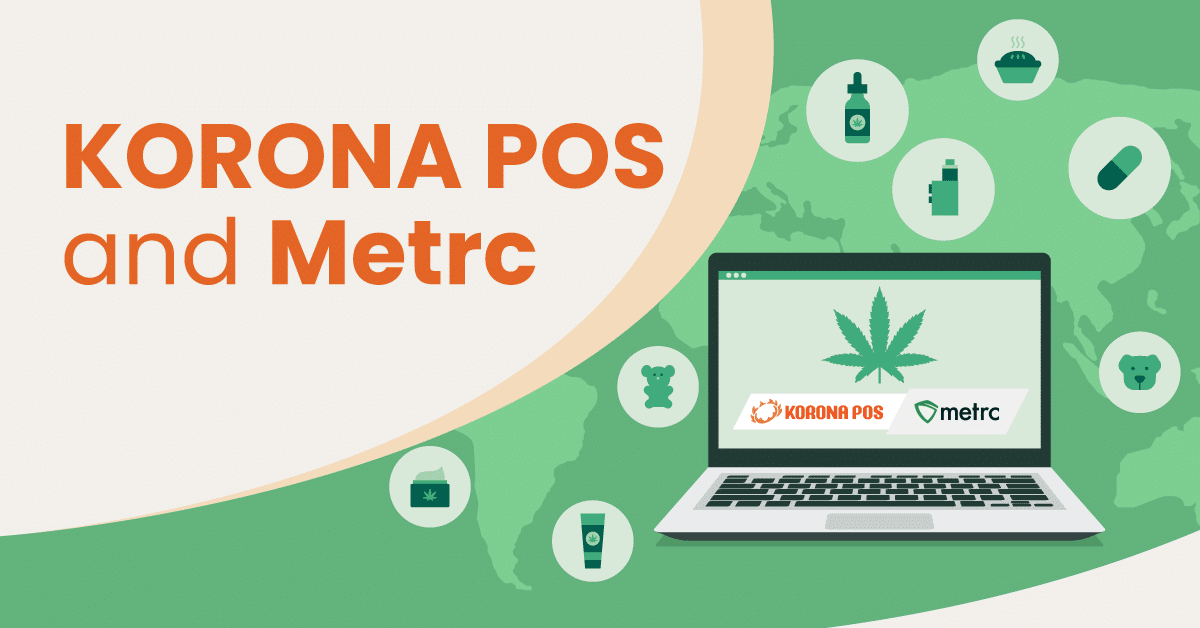
There are a number of provisions and programs that the government has implemented in an effort to alleviate occupational barriers for certain groups of Americans. These groups include wounded veterans, convicted felons, underserved rural communities, and more. One such provision is the Work Opportunity Tax Credit (WOTC). The WOTC offers subsidized incentives for businesses that hire qualifying American job seekers.
This program is meant to extend opportunities to economically disadvantaged Americans who need them most, while helping participating businesses save some money on tax liability. But what is the work opportunity tax credit, exactly, and how does it work? Learn how your retail business can take advantage of the WOTC by hiring the right people and earning a tax credit at the same time.
Table of Contents
- Defining WOTC
- WOTC Target Groups And Eligibility
- The Benefits Of WOTC For Employers
- Calculating Your Tax Credits
- WOTC Screening Questions And Forms
- Third Party Tax Services
What Is The Work Opportunity Tax Credit?
The Work Opportunity Tax Credit traces its origin back to 1996. Since then, it has since been slightly modified and continuously extended by legislative bodies. WOTC offers tax credits to be claimed by employers who hire American workers of certain demographics, such as veterans, individuals that live in rural areas, recipients of nutritional assistance, and more.
The program is meant to increase employment opportunities for individuals who have been economically disadvantaged or otherwise face work challenges. In theory, if an employment decision came down to two similar candidates, the employer would be motivated by WOTC deductions and hire the applicant that categorically faces tougher employment barriers.
What employees are eligible?
The IRS categorizes “targeted” groups that they intend to aid in employment. These groups are considered underrepresented and disadvantaged in the business world. Increasing their employment is the intended goal of the provision. The IRS website lists these groups as the following:
- Those formerly incarcerated or those previously convicted of a felony
- Recipients of state assistance under Part A of Title IV of the Social Security Act (SSA)
- Veterans
- Residents in areas designated as empowerment zones or rural renewal counties
- Individuals referred to an employer following the completion of a rehabilitation plan or program
- Individuals whose families are recipients of supplemental nutrition assistance under the Food and Nutrition Act of 2008
- Recipients of supplemental security income benefits under Title XVI of the SSA
- Individuals whose families are recipients of state assistance under Part A of Title IV of the SSA
- Individuals experiencing long-term unemployment

How Does It Help Employers?
Through the WOTC, employers will be able to save money when they pay taxes. When businesses hire new eligible workers, they can apply for this credit during that worker’s first year of employment. There are no parameters regarding how big or small your business must be in order to qualify.
There are also no limits on how many WOTC employees you are allowed to hire. However, you can only claim an employee once. And employers are restricted from reapplying for a work credit for a particular employee if they are rehired.
WOTC Calculator: How Much Can Employers Claim?
Different categories have different allowances. However, for most employees that work over 400 total annual hours, employers can claim 40% of up to $6,000 of their wages. This means that the cap on this credit would be $2,400. For employees that are retained for at least 120 hours, employers can claim 25% of up to $6,000 of their wages. This credit cap would be $1,500.
There are some specific “qualified veteran targeted groups” that allow employers to potentially claim an increased amount of tax credits of up to $9,600 through the program. No matter which group you hire, WOTC is non-refundable, meaning that you must use it towards a tax liability.
Because of the fact that there are no limits on the amount of workers you can claim, the WOTC offers significant tax breaks for businesses. Not only will employers be saving money on their yearly taxes, they will also be partaking in socially responsible hiring practices by opening up opportunities to those who need it most.
Work Opportunity Tax Credit Program: What Is the Paperwork Process?
First, complete an IRS Form 8850 before the employee starts the job. This form is the “Pre-Screening Notice and Certification Request for the Work Opportunity Credit.” The first page of the form includes a WOTC questionnaire that is filled out by the employee. Remember that the employee is not required to fill out this form. But if they do opt into completing the form, it must be sent to the Department of Labor within the first month of their employment.
Next, complete the “Individual Characteristics Form,” which provides detailed demographic characteristics about the employee. The form can be filled out by the employer or the employee. For some of the sections, the form requires supplemental documentation. This must also be sent into the US Department of Labor workforce agency within the first month of employment.
The workforce agency will then notify the employer whether they require any further information about the specific employee. If not, they will send the employer the certification with the tax credit. Should it be approved, the business owner can use the Work Opportunity Credit 5884 Form to claim the deduction on the following year’s taxes.
Outsourcing Tax Work
Depending on the size and resources of different businesses, it may be worthwhile to hire a third-party tax service. This will likely save you time and increase accuracy in the process. Doing so will also make it more likely your business is qualifying for the maximum deductions available.
ADP tax services, for example, claims that they screen “34 million applicants per year for the WOTC program.” If your company hires a high number of employees or experiences frequent turnover, utilizing a streamlined, specialized third-party platform will likely be well worth the
KORONA POS Offers The Best In Employee Management
Luckily, for retail businesses, KORONA POS has built-in employee management software to keep track of all of your staff in real-time. Employees can easily clock in and out of their shifts right through the point of sale screen Plus the solution integrates with TimeForge and Quickbooks Online making it easier than ever to manage scheduling, conduct payroll, and compile tax info each year.
Best of all, with our cloud-based POS, you can monitor staff hours and activity right from the comfort of your home or while on the go. Give us a call today to learn more about how KORONA POS can make your retail business run as smoothly as possible.
FAQs: Work Opportunity Tax Credit
The Work Opportunity Tax Credit offers tax benefits for businesses that hire employees that are considered by the IRS to be in “targeted” groups. These groups include veterans, recipients of social services, and formerly incarcerated individuals, amongst others. The idea is to provide increased opportunities for these groups by incentivizing businesses with tax credit subsidies for hiring them.
The Work Opportunity Tax questionnaire is the first page of IRS Form 8850. It is used to determine whether the employee in question is eligible for the WOTC program. The questionnaire asks for basic information about the applicant regarding unemployment, military service, and more.
WOTC credits are calculated by three factors: hours worked, category of employee, and total wages. For employees that work 400 hours or more, employers can claim 40% of their wages up to $2,400. As for employees that work between 120 and 399 hours, the employer can claim 25%.
The maximum WOTC credit employers can claim is $9,600 dollars, but this is for highly-specific circumstances. This only applies if a business hires a disabled veteran who is receiving compensation for a service-connected disability and has been unemployed for at least 6 months. Typical credit is capped at $2,400.
























